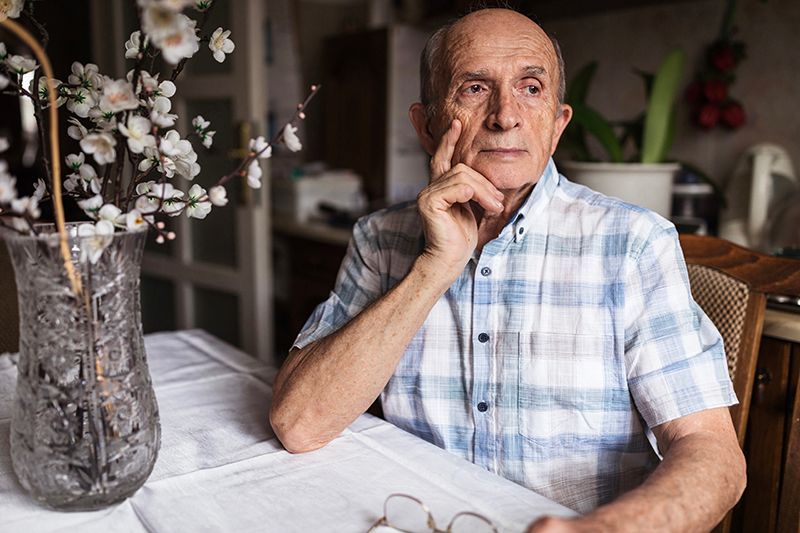Watch Out for This Common Issue for Those With Dementia

When caring for a loved one with dementia, you might notice them trying to eat objects that aren’t food—such as napkins, small household items, or even dirt. This puzzling behavior is known as pica, and while it may be alarming, it’s actually a fairly common issue for those with dementia.
Pica involves the compulsion to eat non-food items like fabric, soap, paper, or dirt. Although it’s most often associated with children or individuals with nutritional deficiencies, it can also occur in older adults, especially those with cognitive decline. By understanding why pica happens and how to respond appropriately, you can help reduce both the safety risks and emotional strain associated with this behavior.
What Leads to Pica in Dementia?
Dementia causes a variety of changes in the brain that can lead to behaviors such as pica. There are several potential reasons for this:
- Cognitive Decline: As dementia progresses, the ability to distinguish between food and non-food items diminishes, which can result in confusion about what can be safely consumed.
- Sensory Needs: People with dementia often have an increased need for oral stimulation or a desire for specific textures, which can contribute to pica.
- Nutrient Deficiencies: Deficiencies in nutrients like iron, zinc, or other essential vitamins can cause cravings for non-food substances.
- Hunger and Thirst: If someone isn’t eating or drinking enough, they might attempt to consume anything nearby in an attempt to satisfy their hunger or thirst.
- Medication Effects: Certain medications may alter taste or appetite, making non-food items more appealing.
- Emotional Discomfort: Anxiety or boredom can trigger pica as a coping mechanism for emotional distress.
Effective Strategies for Managing Pica in Dementia
If your loved one with dementia begins to eat non-food items, it’s important to approach the situation calmly. Here are some helpful strategies for managing pica:
- Stay Calm and Avoid Scolding. Respond with calmness and understanding. Do not reprimand your loved one, as this may cause distress. Instead, gently remove the item and redirect their attention.
- Ensure Proper Nutrition. Make sure your loved one is getting enough food, as hunger is a common trigger for pica. Offering a variety of foods with different textures may also help reduce cravings.
- Keep Non-Food Items Away. Remove any potentially dangerous items from their reach, such as paper, coins, or other small objects.
- Offer Safe Alternatives. Provide safe chewable items like sugar-free gum or soft snacks to fulfill the need for oral stimulation without the risk of ingesting harmful objects.
- Consult a Doctor. If pica is a new behavior, consult a healthcare provider to check for any nutritional deficiencies that may need to be addressed.
- Engage in Activities. Keeping your loved one engaged in meaningful activities can help reduce the urge to eat non-food items. Consider activities like folding laundry, listening to music, or engaging in simple exercises.
How We Can Help
At Traditions Home Health Services, we specialize in dementia care and understand the challenges that come with behaviors like pica. Reach out to us at 617-376-3711 for more helpful tips and to learn how we can help someone you love in Boston, Metro West, South Coast, and the surrounding areas in Eastern Massachusetts, with live-in care services available throughout New Hampshire, Vermont, Maine, and Massachusetts.



